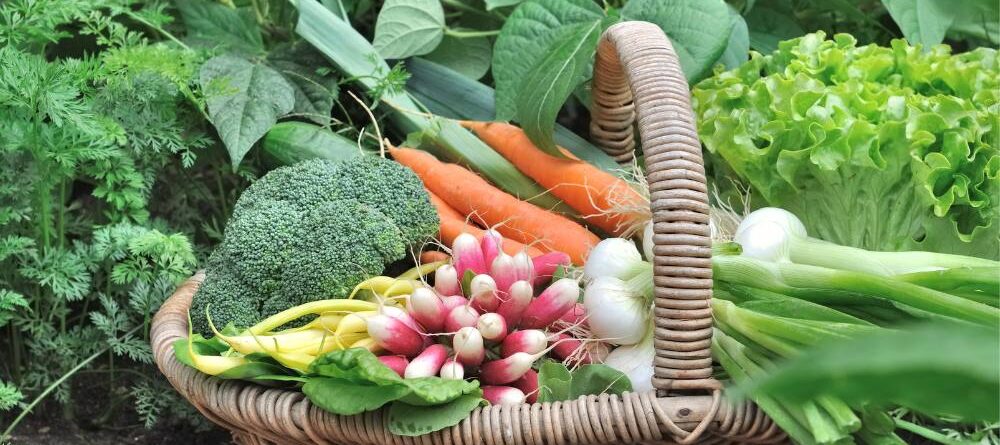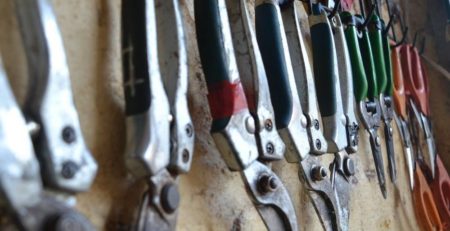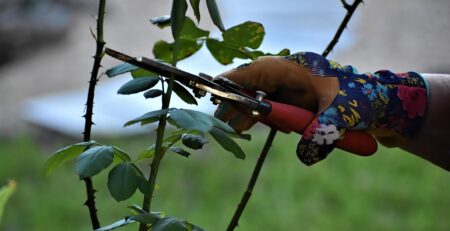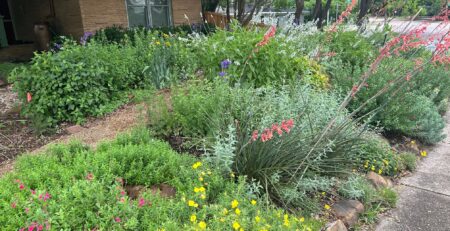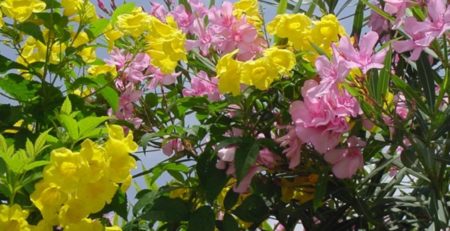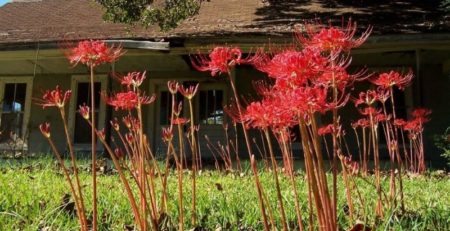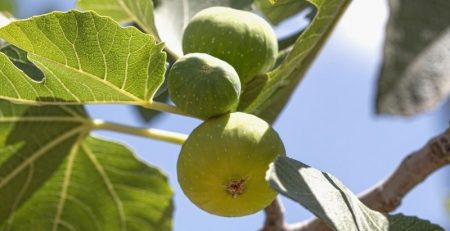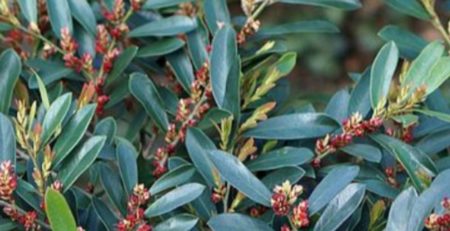Pollinators in the Vegetable Garden
Pollinators are important to a vegetable garden’s success. While most of the cool-season crops do not need pollinators, many of the warm-season crops do. Bumblebees improve the yield of plants like tomatoes when they buzz them. Here are some tips to make sure that pollinators benefit from your vegetable garden and are available to pollinate those vegetables that need it.
Plant Native Flowers
Pollinators need food from very early spring all the way to the first hard freeze. While edible flowers such as marigolds and nasturtiums are helpful, native flowers and plants that provide habitat to native pollinators rule. These plants have co-evolved with the area pollinators and attract them much more than non-native plants do.
Native herbs such as common yarrow, which is white, bloom and provide larval hosts for butterflies. Annual flowers such as phlox attract butterflies and hummingbirds. Plant these flowering plants and others among your vegetables. Not only will it increase the number of pollinators and other beneficial insects in your garden, but it will also make your vegetable garden look cheerful and bright. You can find native plants on the websites of the Native Plant Society of Texas and the Ladybird Johnson Wildflower Center.
Leave Some Bare Soil
I square foot garden, so the idea of leaving bare soil appalls me. However, native bees are mostly ground nesting species. Leaving an area of bare soil allows them room to make their nests and reproduce. You don’t need to leave a large area bare, but spacing plants a little further apart so there is some bare ground can help. Leave the area around your water hose damp so bees can tunnel into the ground there. They can’t tunnel into hard, dry soil. While mulch is essential to gardening in Texas, leave small areas clear so the soil shows.
Build Bee Blocks
Some native bees, especially mason bees, nest in small spaces above ground. To help them, get the end of a 4 X 4-inch post and drill several holes in it that vary from ½ inch to 1 ½ inch in diameter and about three inches in depth. Place this around four feet above the ground on a post or the side of a fence. Bees will use these holes to build nests in. As the holes are used, they are plugged with soil. When the plugs are broken by the new bees exiting, the hole needs to be cleaned out. Do this in the winter, being careful not to disturb unbroken plugs.
You can also buy bee houses with rolls of paper in different diameters. When the roll is used and the bee chews through the mud plug to exit, you simply replace the roll with a fresh one.
Provide a Water Source
Some pollinators get all the water they need from nectar, but most also need a source of fresh water. You can buy bee waterers, or you can take a saucer and fill it with pebbles. Add water to just below the surface of the pebbles, then set the saucer in the garden. Butterflies and bees can land on the pebbles and get a drink without falling in to water and drowning. You will have to refill the saucer daily or sometimes multiple times a day, depending on how hot it is.
Be Careful with Pesticides
Sometimes pesticides are necessary, but there are often other ways to solve pest problems. Plant resistant varieties of vegetables. Cornell University maintains an up-to-date list of resistant varieties of vegetables. Space vegetable plants at the recommended spacing to give air space to flow around the plants. This helps prevent fungal diseases by drying the plants quickly after a rain. Use drip irrigation and avoid getting the foliage of your plants wet.
Planting flowers and host plants in the vegetable garden will attract pest predators and lessen the need for pesticides. If you must use a pesticide, pick the least harmful alternative and treat only the problem areas, not the whole garden. Spray in the evening when bees are not active and try to avoid spraying the flowers on the plants.
Resources
You can find out more about attracting pollinators from these resources.
The Xerces Society for Invertebrate Conservation
https://extension.okstate.edu/articles/2023/pollinators_in_veggie_garden.html
https://s3.wp.wsu.edu/uploads/sites/2073/2022/06/Pollinators-for-Your-Home-Vegetable-Garden.pdf
https://extension.arizona.edu/sites/extension.arizona.edu/files/attachment/Pollinators_0.pdf

